Getting Off the Varroa Merry-Go-Round
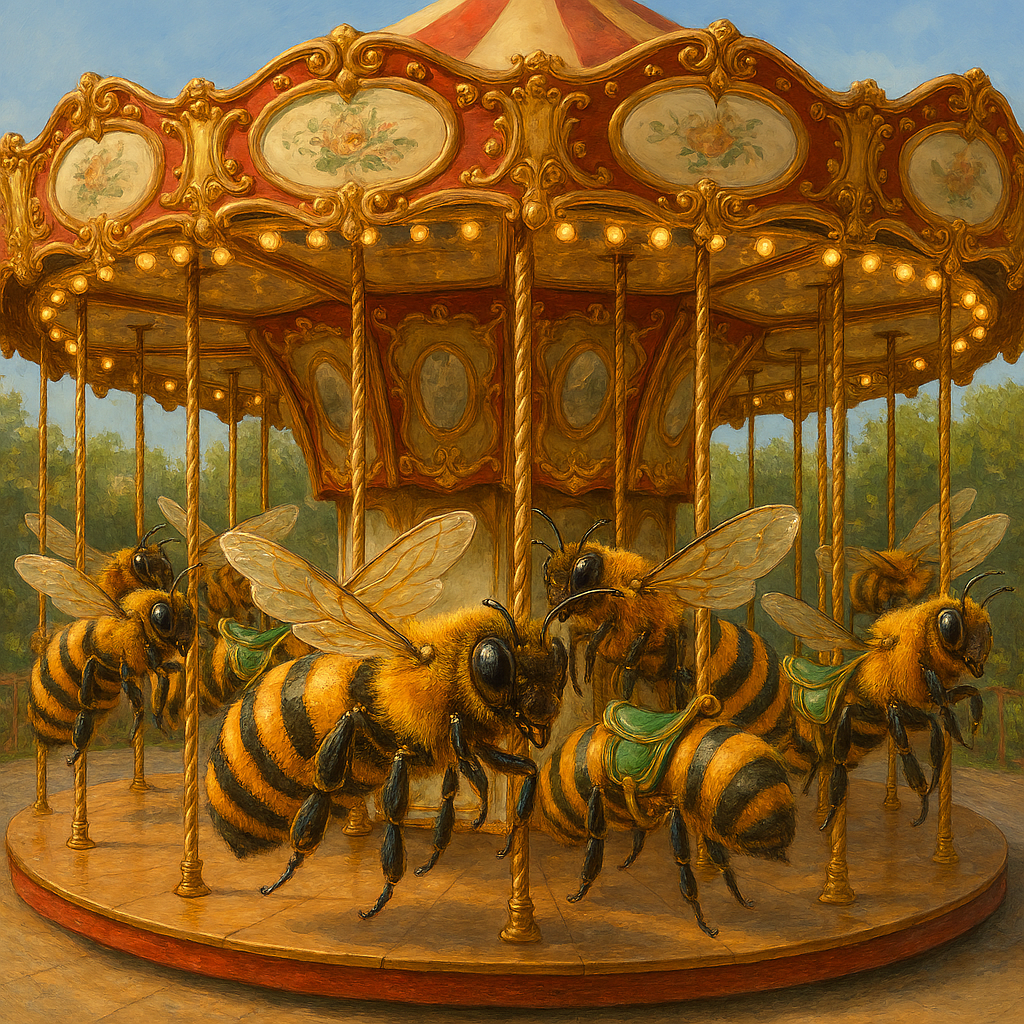
Varroa is Likely Here to Stay After 38 years (1987-2025), the Varroa destructor is still present in likely every managed colony in the United States. Despite the quarantine and restrictions in place in 1987, a commercial operation in Florida or Wisconsin imported bees for the possible reason of “improving their strain” but unfortunately, they also […]
Winter Prep Class
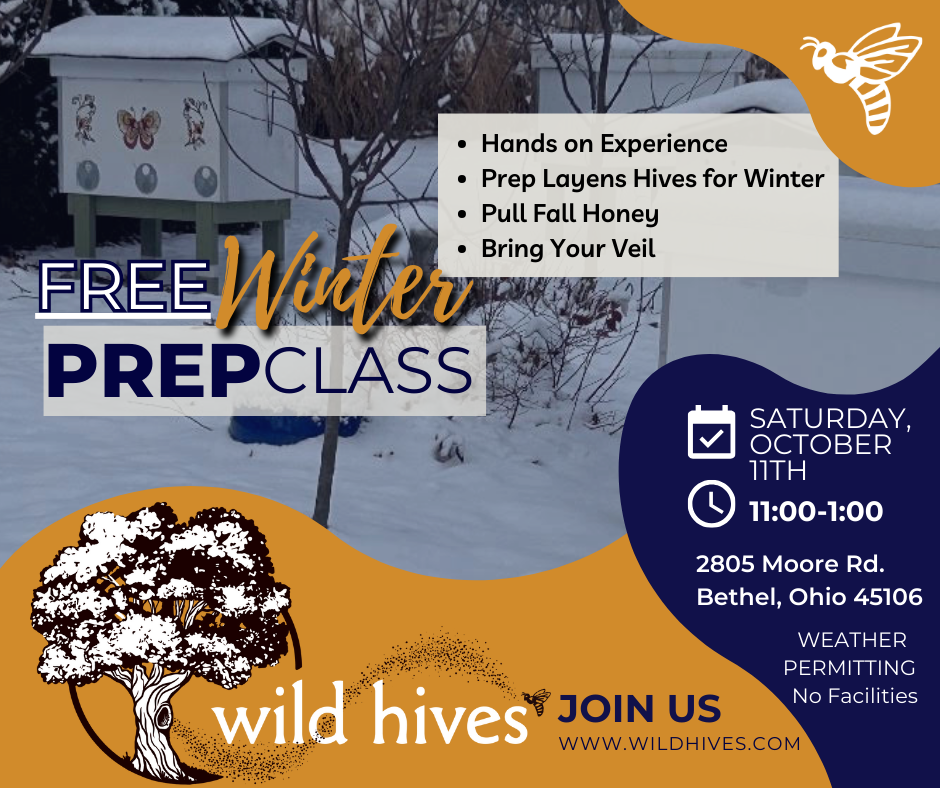
Join us for our FREE Hands-On Winter Prep Class. Topics will include: when to start, frame count, honey to leave, entrances, and insulation considerations. Registration is REQUIRED (On the contact form enter WINTER PREP CLASS in the “How can we help you” box) Divider Board Insulation will be available for purchase at the time of […]
Winter Prep
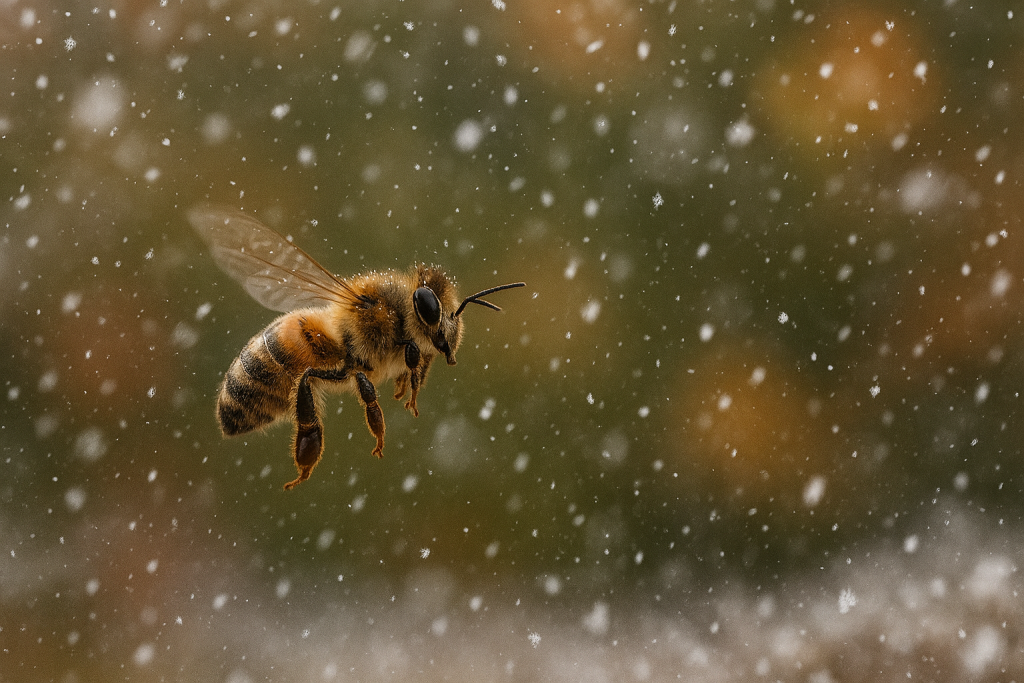
The weather is changing, and you feel that winter is just around the corner so what do you do with your Layens hives? Below I will share what I do for my hives, and hopefully it may give you some ideas for yours. I will also assume you are using an insulated Layens hive but […]
What do Honey Bees want?
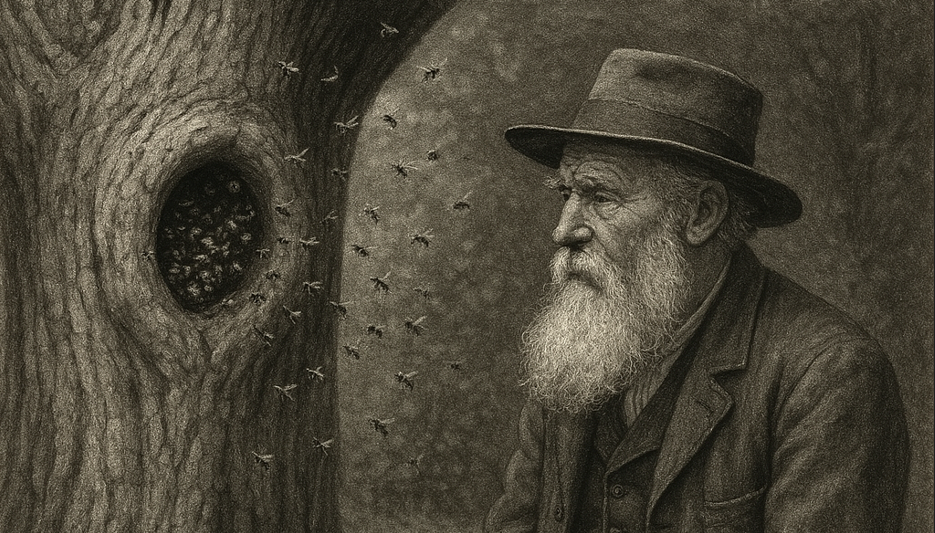
It’s interesting to consider that most beekeeper management practices come, as might be expected, from the perspective of the beekeeper. Many questions being asked are answered based on what the beekeeper knows, wants or thinks. I guess that is to be expected as well. I mean, you can’t actually have a discussion with bees, and […]
Bee Pollen and Bee Bread
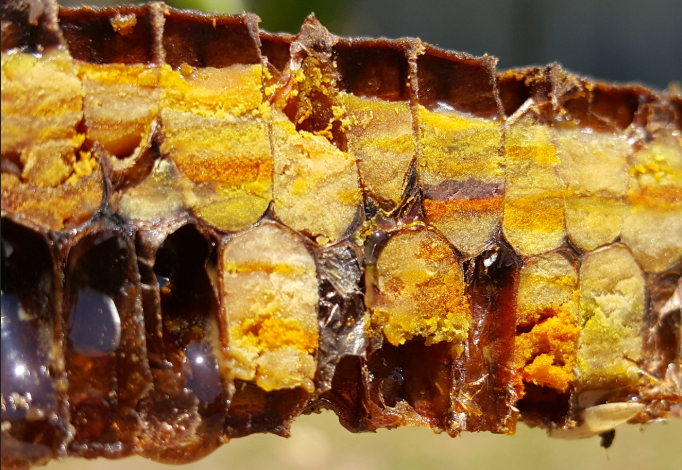
Recently, functional foods have been a subject of great interest in dietetics owing not only to their nutritional value but rather their myriads of health benefits. Moreover, an increase in consumers’ demands for such valuable foods warrants the development in not only production but rather tools of quality and nutrient assessment. Bee products, viz., bee […]
Dearth and Colony Impact
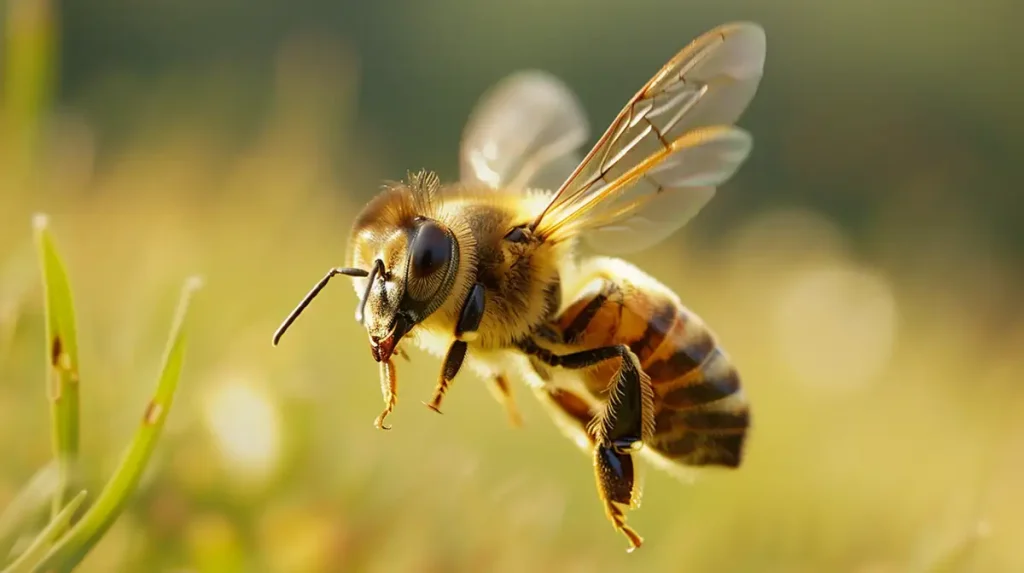
A nectar dearth or simply dearth is a natural seasonal gap when few or no plants are blooming with nectar-rich flowers. It typically occurs: In July and August in Ohio After the spring and early summer nectar flows (e.g., clover, black locust) Before the fall flow (e.g., goldenrod and asters in September) Many beekeepers recommend feeding your bees […]
Ask Why: The Hobbyist Beekeeper

I’m seeing a lot of beekeepers online asking questions, which is great…keep it up, but they seem to be wrestling with topics that have a lot more to do with running a commercial business than keeping a few hives in their backyard. Yes, both the commercial and backyard or hobbyist beekeeper keeps bees but equating […]
Health and Immunity
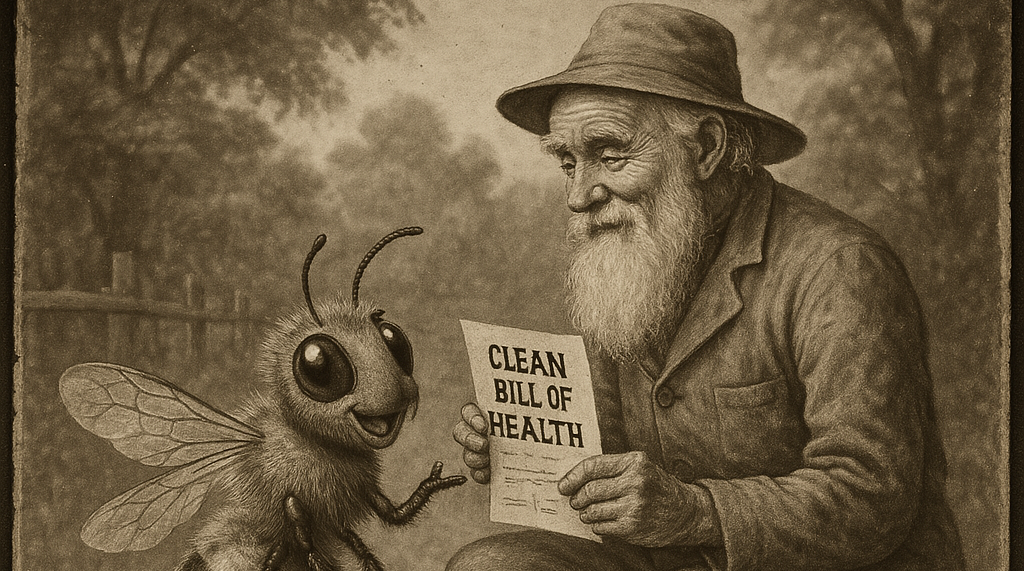
Honey bees are constantly exposed to contact with many types of pathogens. However, during evolution they developed a number of immune mechanisms. At the individual level, they comprise 1) resistance mechanisms associated with anatomical and physiological barriers of the body, 2) cell-mediated immunity involving immune cells (hemocytes), 3a) congenital humoral (body fluid), and 3b) induced […]
Extracting Layens Honey Frames
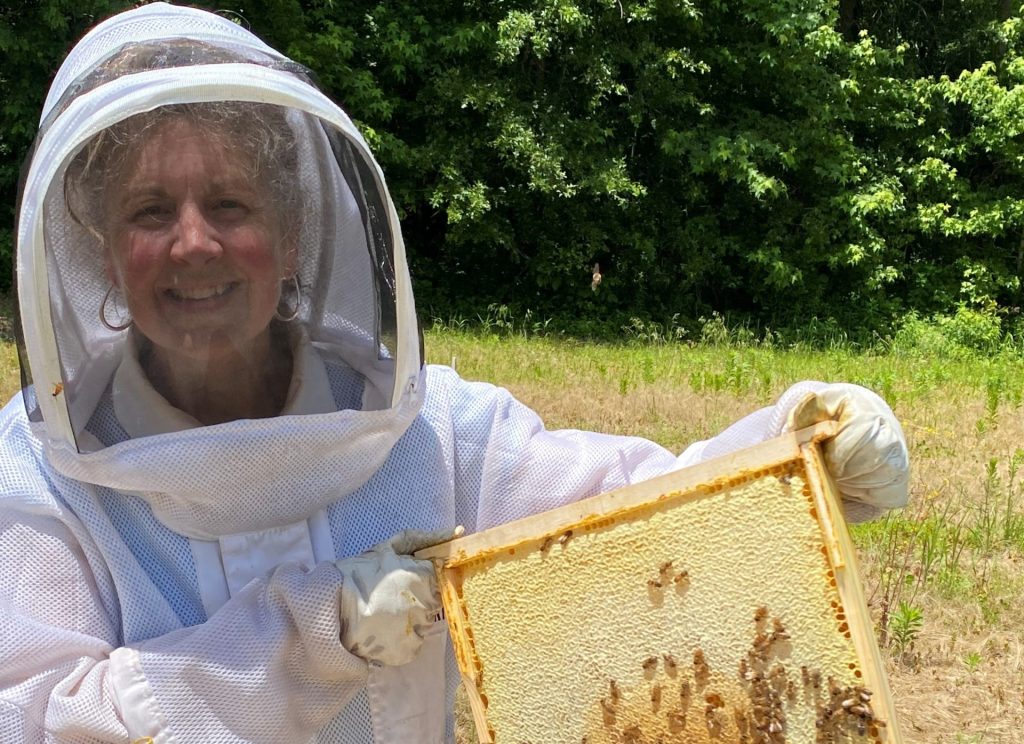
Below is the process that my wife and I (Wild Hives) take to extract our honey each year. Many steps may be familiar given that uncapping and extracting honey from comb has been done for thousands of years by those keeping honey bees, but I hope you may find something new and helpful. Enjoy! Pulling […]
The Old Beekeeper – The natural rhythms of the colony.
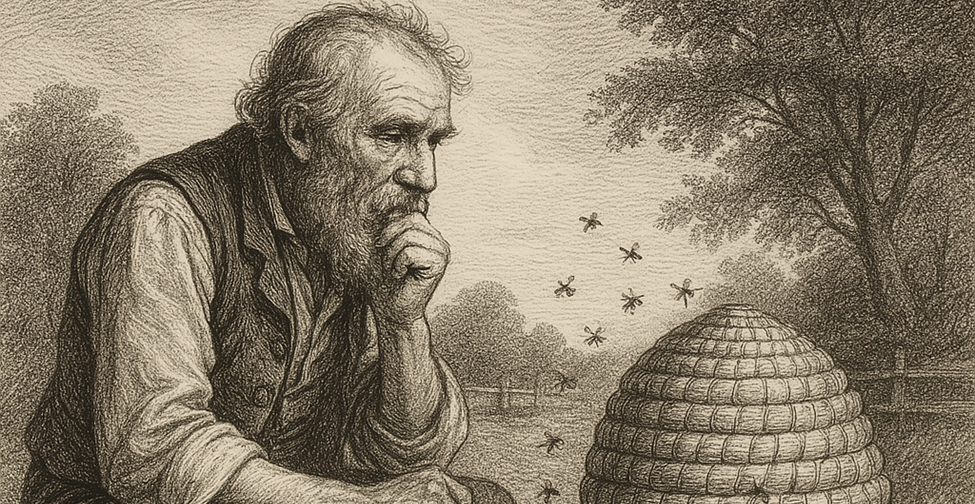
This blog will be a little different than my normal research focused topics. No summarized reference materials. No data or numbers. And no long confusing terms needing a Google search to understand. This one is simply my thoughts. I hope it makes you think too… Now I’m old enough to know you can’t “turn […]